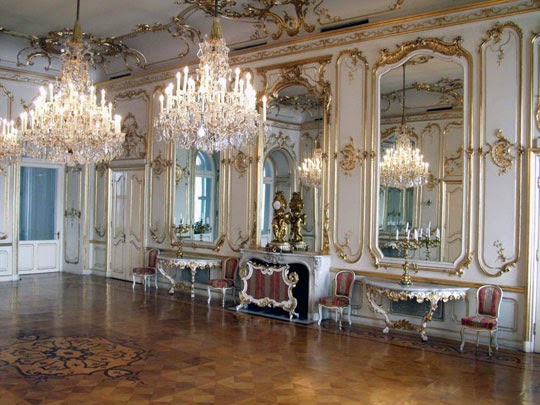A for the Eszterházy family I would like to write about the members who played an important role in the construction of the Eszterházy Palace at Fertőd. The Eszterhazy family was a very influential one in Hungary, which means that it had a great fortune, big territories
and also was the supporter of arts and sciences. There were significant
members in this familiy, who were not just in a good position in the court,
but also supported the poor and made a lot of changes in their area.
Before the constructions of this glorious palace, a castle stood at its place for purposes of hunting which was built by József Eszterházy.
József Eszterházy
His son, Miklós Eszterhazy lived for 20 years in Vienna, became a privy councillor, an imperial and royal Chamberlain. He got married with Maria Elisabeth Ungnad Weissenwolff and one year later they son was born calles Antal Eszterházy. He visited Paris and Versailles which made a big impression on him, therefore he decided to built the Hungarian Versailles. Once Maria Theresia visited the palace, what is more, she was fascinated by the palace and the garden, thus it is obvious that he created a marvellous court in Eszterhaza which shows resemblance to other palaces such as Versailles and Schönbrunn.
Miklós Eszterházy
In 1761 his brother Antal Pál invited Haydn who became the composer of the family and also the conductor of the orchestra.
Antal Pál Eszterházy
Joseph Haydn
In 1762 Miklós Eszterházy organized a”
commissio” when they agreed to reconstruct the palace and decided on the tasks
of the workers.
Sources: Hokkyné Sallay
Marianne: A fertődi Eszterházy kastély(1979)
Rácz Endre: Fertőd(1974)
Stefánka László: Ismerkedés
Fertőddel(2004)















.jpg)


